“The Future Is in Clay”: A Conversation with Contemporary Italian Artist Giuseppe Penone
By Bartolomeo SalaBorn in 1947 in a small Piedmont village, Giuseppe Penone might be Italy’s most important contemporary artist working today. A key member of the Arte Povera movement, Penone started out with a group of young Italian artists spearheaded by curator and critic Germano Celant who in the late 1960s sought to critique consumerism and industrialism that was changing the face of Italy at breakneck pace by turning to poor, everyday materials. However, he soon forged his own highly individual path by turning back to the small microcosm that nourished him as a child growing up in postwar Italy, the woods and creeks of his native Garessio, and a practice that turned these humble natural elements into monuments that speak to the interconnectedness of living things.
Today, this unique body of work—at once poetic and thought-provoking—is the subject of “Thoughts in the Roots”, a new exhibition at Serpentine Galleries in London, running until 7 September, 2025. As the most comprehensive retrospective of his work in the UK to date, spilling out the gallery space and embracing the surrounding landscape through a series of monumental tree sculptures—it felt like the perfect moment to reflect on a career spanning more than five decades. Something Curated sat down with him to discuss the meaning of sculpture, trees as his main source of inspiration, as well as a little but revealing anecdote from Okakura Kakuzō’s The Book of Tea (1906).
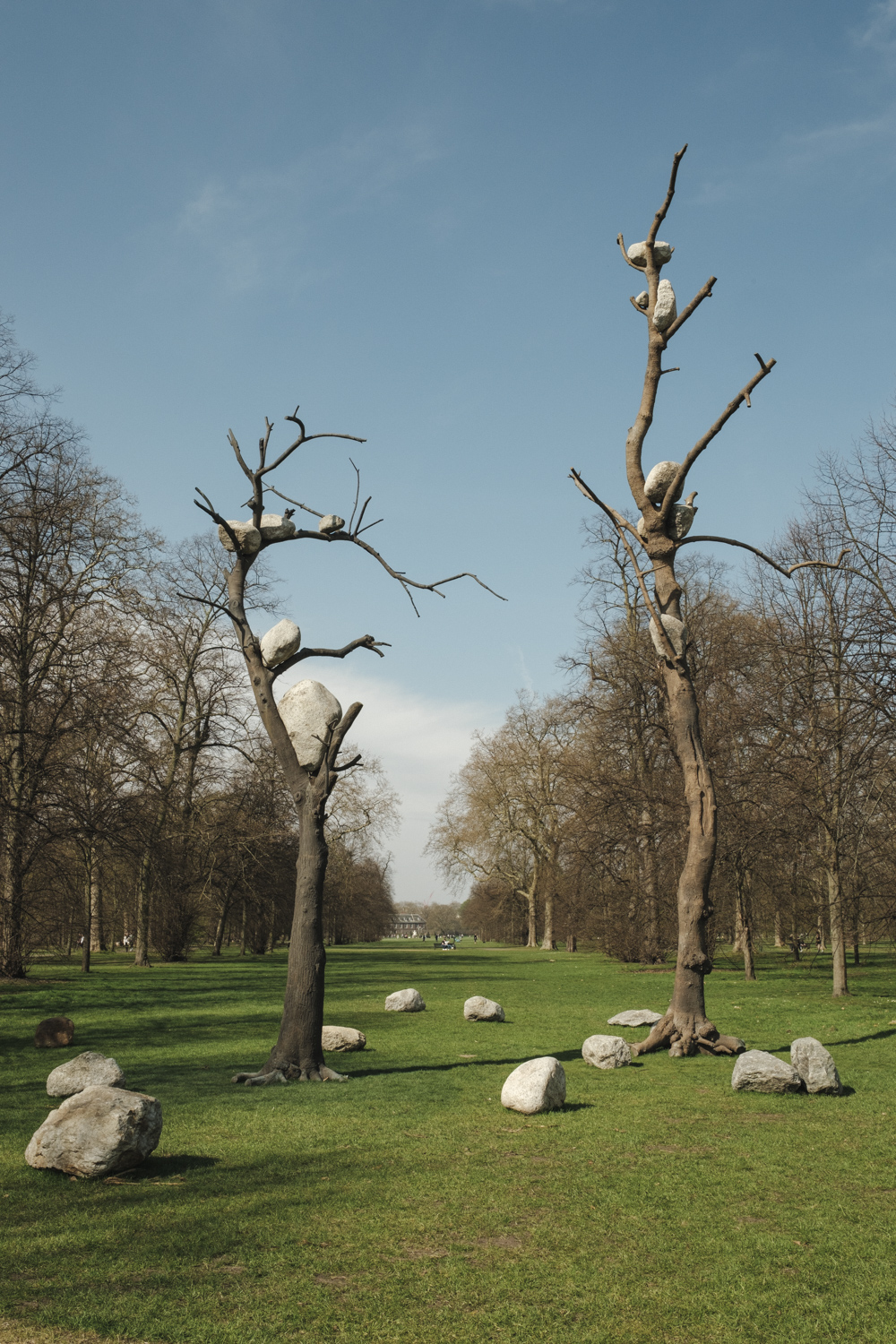
Bartolomeo Sala: I would like to begin from the very beginning. In your art making, you deploy universal, cross-cultural elements such as trees, leaves, and stones. However, your practice would be unthinkable without Garessio, the small Piedmont comune where you grew up in the early 50s. What was the influence of this private microcosm?
Giuseppe Penone: It’s a question I often ask myself, it’s a mysterious thing how one can be born in a small village, seven thousand people back then, where there is nothing, at least in terms of art, and still end up an artist.
Reality is never so clear cut, though. There are always possibilities. My grandfather whom I never met, for instance, practiced sculpture. It was his passion, although he could never turn it into a job, a profession. It was the 1930s, the Great Depression. As a little child, I liked drawing. My mother, who perhaps saw something of her father in me, didn’t oppose it, but encouraged it. So after accountancy school, I refused the bank job I was offered and enrolled in the Academy of Fine Arts in Turin.
In Turin, I quickly realised art school wasn’t quite what I had imagined but I stuck to it—mainly to avoid the military. I enrolled in the fall of 1966. I spent most of 1967 getting a sense of the school, and by 1968 I started to produce my first artworks. After two years, I realised the school wasn’t of much help. I saw other students making copies of famous sculptures. One student did a copy of Giacometti, another a copy of Moore. Even the best ones. However, copying Giacometti doesn’t express your thoughts and identity—it expresses Giacometti’s.
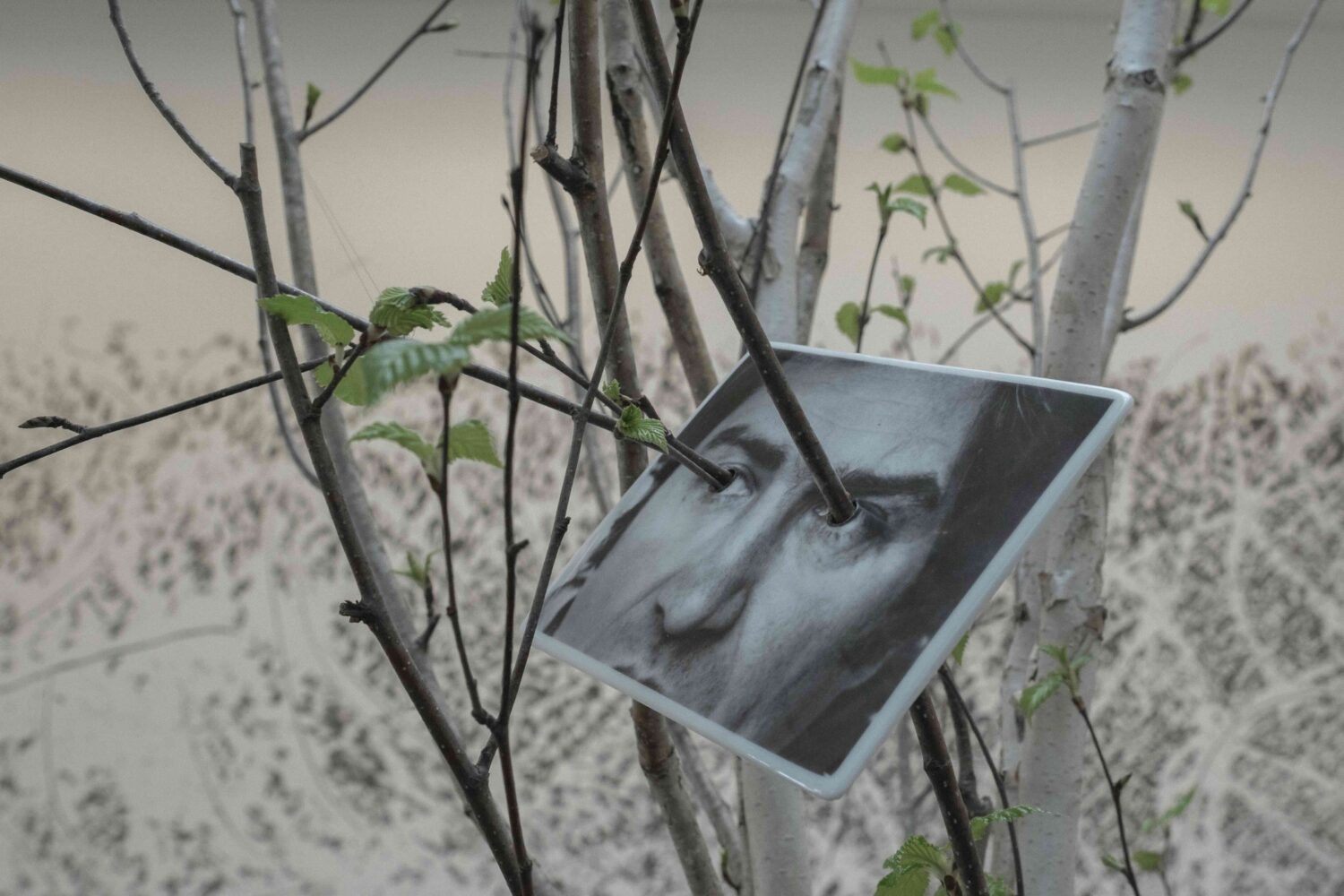
My reasoning was simple: if I want to do this job, I will need to find a way to express my own identity. However, I didn’t have much of what then was considered culture, didn’t identify with any specific scene or context. So I decided to work with the tools and knowledge that I had as well as the things that I liked the most, which was my relationship with the woods, the river, and the nature I grew up with.
It was a theme that I realised was present in poetry and scores of artistic expressions. What’s more, it was something—let’s call it a “material”—that could be understood and shared across different cultures and peoples, and even across time. So it afforded some kind of cross-cultural, universal possibilities of expression. That’s how I started imagining my first artworks, which were concerned with the way trees grow.
BS: You are talking about Alpi Marittime [Maritime Alps], the series of actions you performed in the woods around Garessio in 1967-1968?
GP: That’s right. I began to think: a tree is like clay, you can shape it. It’s solid when observed at any given moment in time. Through its growth, however, it behaves much like a fluid. So it’s not that distant from a river that flows through the rocks. And on that principle—this physical contact between a material and my hands which establishes a sort of feedback loop or collaboration—I built all my subsequent work on.
BS: The moment one starts to look at your work, one notices how remarkably consistent it has remained over the years. There are a handful of motifs that seem to repeat themselves. On the one hand, you seem concerned with showing nature as a “process”, a sort of self-fulfilling intelligence in the act of producing itself. On the other hand, you seem fascinated with what you have just described above, which is a sort of tactile relationship in which your hands and sometimes body are in dialogue with the matter and things around you.
However, before getting into any subject in particular, I would like to ask you about your idea of sculpture. Do you consider yourself a sculptor first and foremost? And what about the idea that sculpture doesn’t create anything, but rather “reveals” what’s already in the material as a sort of unexpressed potential?
GP: Yes, let’s start by talking about sculpture. When I started to produce this type of work, I did it without assigning to a particular category of expression—this is a painting, this is a sculpture and so on. These were actions I performed on materials. Later on, because of the nature of the work itself and my growing awareness that my approach was in essence sculptural, I began reflecting more on what sculpture is or should be.
There is a big difference between a painting and a sculpture, between an object that is made and one that is represented. I will give you an example: if someone makes a chair—an object that could be defined as a sculpture—well, if this chair can be used, it is first and foremost a chair. For it to become a sculpture, some sort of dislocation in the manner of Duchamp must occur, or the chair must in some way be made unusable. Then a new line of thought on why that is triggered and something new and different emerges. However, if you make a drawing of a chair, well that’s just a representation, whilst the chair has no value in itself.
The sculptor has to reflect on this issue. You are producing objects that are meant to elicit a thought or a feeling—if they fail to do so, they are useless objects, failed sculptures.
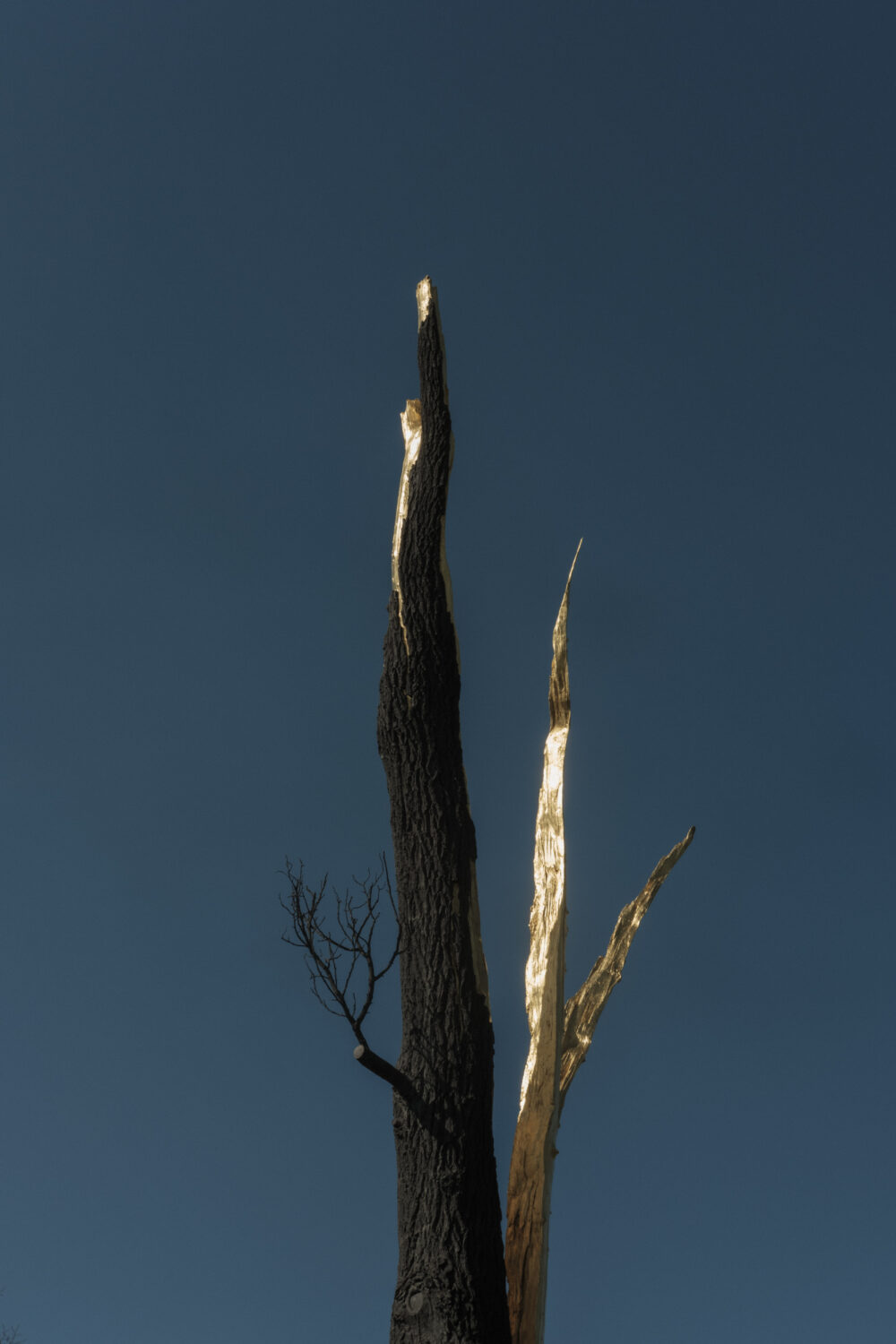
BS: In interviews you like to say that you think of trees as “perfect sculptures”? In a way, they are the building blocks of your practice, the master symbol to which you return again and again? Could you elaborate on this?
GP: The tree is a living being that doesn’t expel its waste, but rather turns it into the structure of its body. So, from this point of view, it can be considered a perfect sculpture because it records its being in its very shape. Its branches and leaves are made to capture light and develop in one sense or another with that objective in mind. Everything about it embodies the necessity of its living and thriving. It’s as if a sculptor produced a sculpture which expressed the purpose of its existence. In this sense, I think it is a perfect form.
In a similar way, I consider a stone I picked up from the river a perfect sculpture. I explored this very theme in a work I made in 1980 called Diventare Fiume [Becoming River]. After being struck by their shape, I followed the river upstream all the way to the quarry where the stones were from and recreated one of them the way the river had done. I had done stonecarving before and at the time I remember noticing how the process is very similar to the action of a river: there are blows, there is rubbing, there is abrasion. All actions that are very similar to stonework, even if in the latter case they are performed mechanically by a robot. The stone itself is a record of the action of the river. If there are any flaws, the river removes them and what you are left with is a perfect kernel—at once compact and smooth. That’s why I say that the best sculpture that can be made out of stone is a simple river stone.
Then there is the question of how to communicate this. The perfect sculpture to me communicates its own logic absolutely in all its parts. But that sometimes needs explanation as it did just now. In order to communicate with the spectator, I had to show the two different stones—the one made by the river and the one made by me—side by side. Same thing with the series Alberi [Trees] (1969-ongoing) and the idea of rediscovering the tree underneath and showing the history of its growth. The most rigorous approach would be to get rid of the external casing which is the mature piece of timber and show the tree at a specific stage of its existence, but that would leave you with a little sickly tree, not a sculpture.
BS: In your interviews, you are always careful not to pander to theories or interpretations that can feel bombastic or go too far when assessing the intention behind your work. At the same time, and I say this as a staunch atheist, it is difficult to not detect a certain religious sensibility. One of your latter series is titled after Walt Whitman’s Leaves of Grass, a poetry collection which expresses a sort of cosmic belief in the universe and in which even a single blade of grass is worth celebrating as a manifestation of God, or at least a higher form of intelligence that expresses itself through nature.
What you just said about trees and stones being “perfect sculptures” because they are distillation of the natural process that produced them strikes me as incredibly consistent with this pantheist view of the world. Am I going too far? Do you feel like your work has a spiritual element?
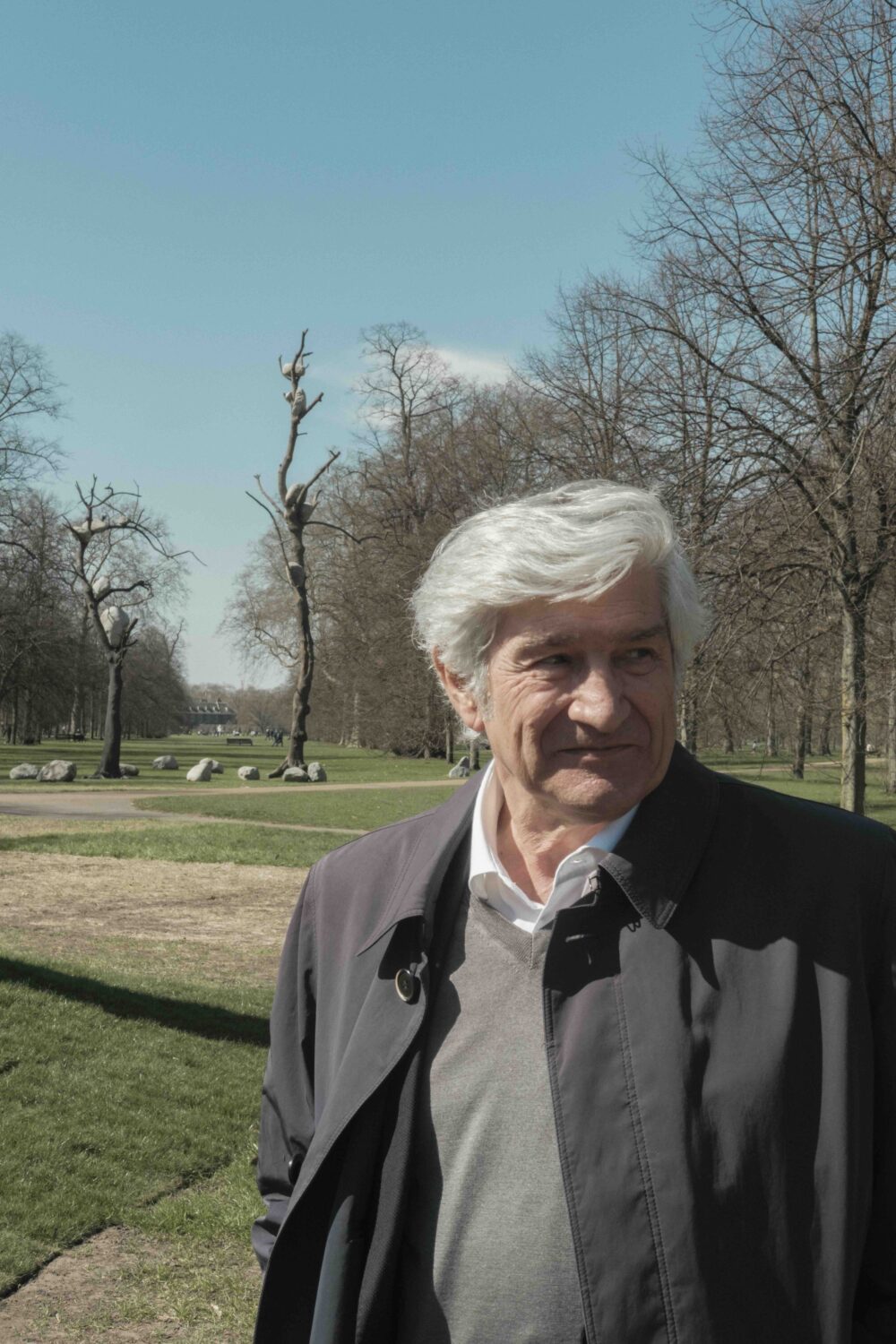
GP: Well, when you work with a material—especially where sculpture is concerned—you can’t just do whatever you please with that material. To each its own, as they say. One material is more suitable for a certain shape, another for another. You can use one or the other, but there is always one that is better suited than the other.
Wrought iron, for example, is a very interesting material. (I have an idea for an artwork I never actually followed through. Maybe I will in the future, but I have not yet). When you heat a piece of iron, at a certain point it inevitably bifurcates. To keep it together, you have to keep heating and hammering it, otherwise it splits. This creates a phenomenon similar to branching. The idea came to me after talking to a blacksmith who worked with iron. He told me, “you have to follow it”, meaning that with iron you cannot do whatever thing, you have to figure out which direction it’s taking and adapt your actions accordingly. This concept, expressed by a humble worker, someone who worked with his hands, is actually something very common across cultures. Japanese culture, for one, embraces this way of thinking. There is this book written by a Japanese scholar who moved to Boston to work at the museum there and felt the need to explain Japanese aesthetics to westerners. The Book of Tea by Okakura Kakuzō, it’s called. Anyways, now I feel like I am digressing…
BS: No, please tell us more.
GP: It tells the story of this musician that travels to the court of this lord, fabricates an instrument out of a sacred tree, and then proceeds to play the most beautiful melody with it. In the years that follow, many attempt to recreate the same magical tune, but they all fail, until someone comes along and plays extraordinary music. And what is the music about? It tells the story of the tree, the life out of which the instrument was fabricated. It’s a concept that exists in different cultures and it is about highlighting the expressive quality of materials, letting them express themselves.
BS: This is another thing you seem quite coy about, but to me (and many others) your work seems to bear an inherently ecological message. Not only does it call our attention to nature and its “fearful symmetry”, it reminds us of our place in it. Similarly, our practice embodies another approach that exchanges a top-down, extractivist for a more horizontal, “osmotic” one in which by entering in direct contact with nature and using your senses and body you let yourself be guided by the materials you mould. You are a pioneer in this respect, at least as far as contemporary art is concerned. However, would you agree with any of this?
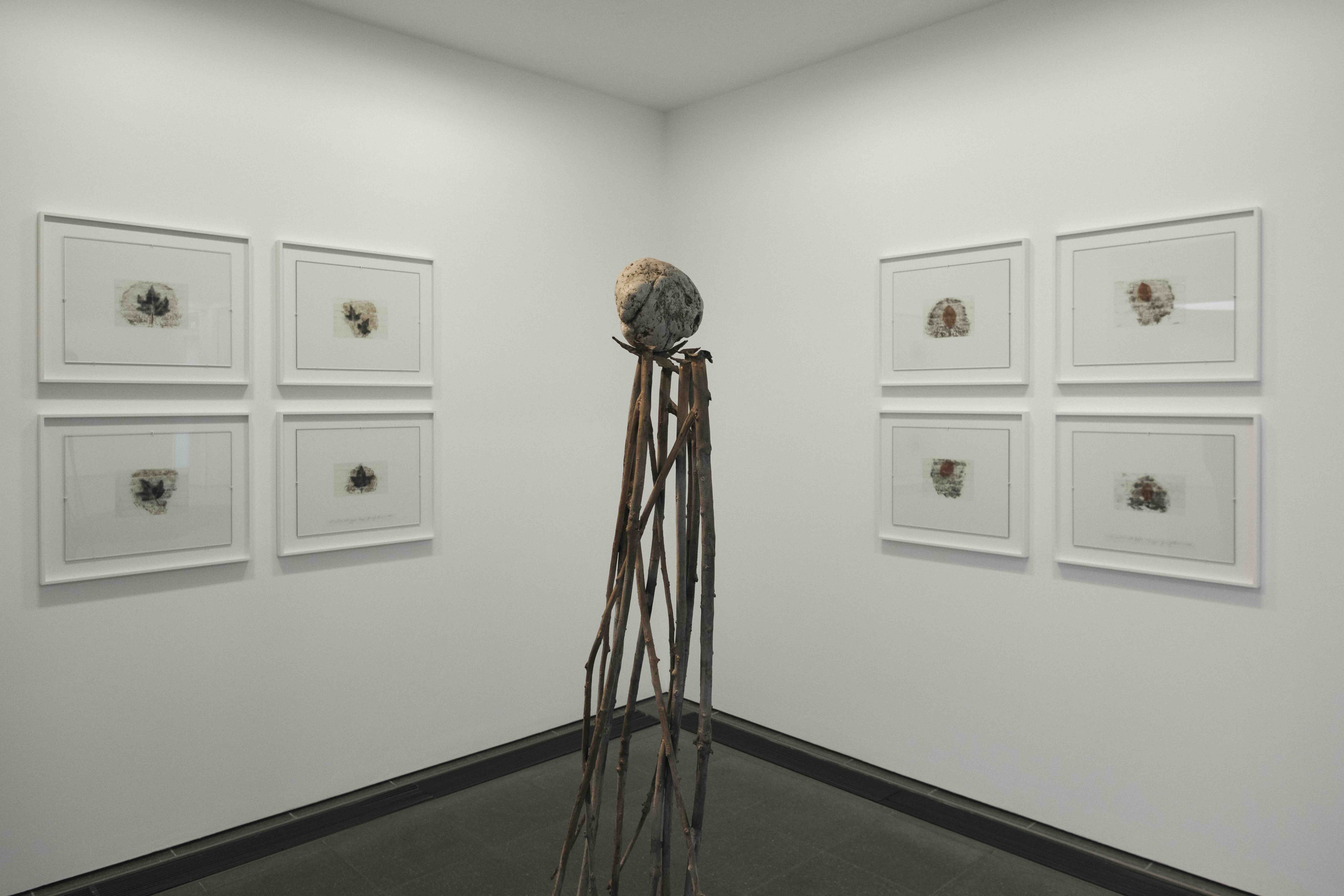
GP: Personally, I think there is a lot of hypocrisy when it comes to discussing this subject. Obviously I agree with preserving the planet, but it isn’t the case that by preserving the planet you preserve nature, that’s ridiculous. Nature exists independently of humans, preserving the planet and certain habitats is interesting to humans for their own survival, so the whole thing is extremely selfish. It’s not about nature, nature can survive without humans. If a series of atomic explosions turned the earth into a star, that’s nature, too. The problem is ours, a very serious and just one, because we as beings seek our self-preservation. But if humans go extinct, other forms of life will come along. It’s not that nature will disappear.
BS: I was really struck by your bringing Okakura Kakuzō’s The Book of Tea into the conversation. Are you a big reader?
GP: I don’t read much, all things considered, because reading requires time. But I read poetry, shorter texts that can stimulate your imagination because I feel that they serve the function of art in general which is—I think the very etymology of the word [art] bears a trace of this—to vivify matter, bring it to life.
BS: “Thoughts in the Roots” comes at the end of a career spanning the better part of five decades, do you keep yourself updated on what happens in the art world? Are there any young artists or movements that you are a fan of?
GP: I don’t follow much, my work revolves around a few strong ideas and when you are convinced and set in your ways from a young age it is difficult to change. If I was inspired by other artists, I would have a completely different practice which tries to speak to the reality of the present moment. I think however that true reality resides in the past and the future—in materials such as earth, stones, grass, and leaves rather than artificially manufactured, technological ones. The latter respond to the logic of the market and they turn obsolete and are discarded the moment their economic value disappears. If one wants his ideas to stick and survive time, he has to choose durable materials and not ephemeral ones.
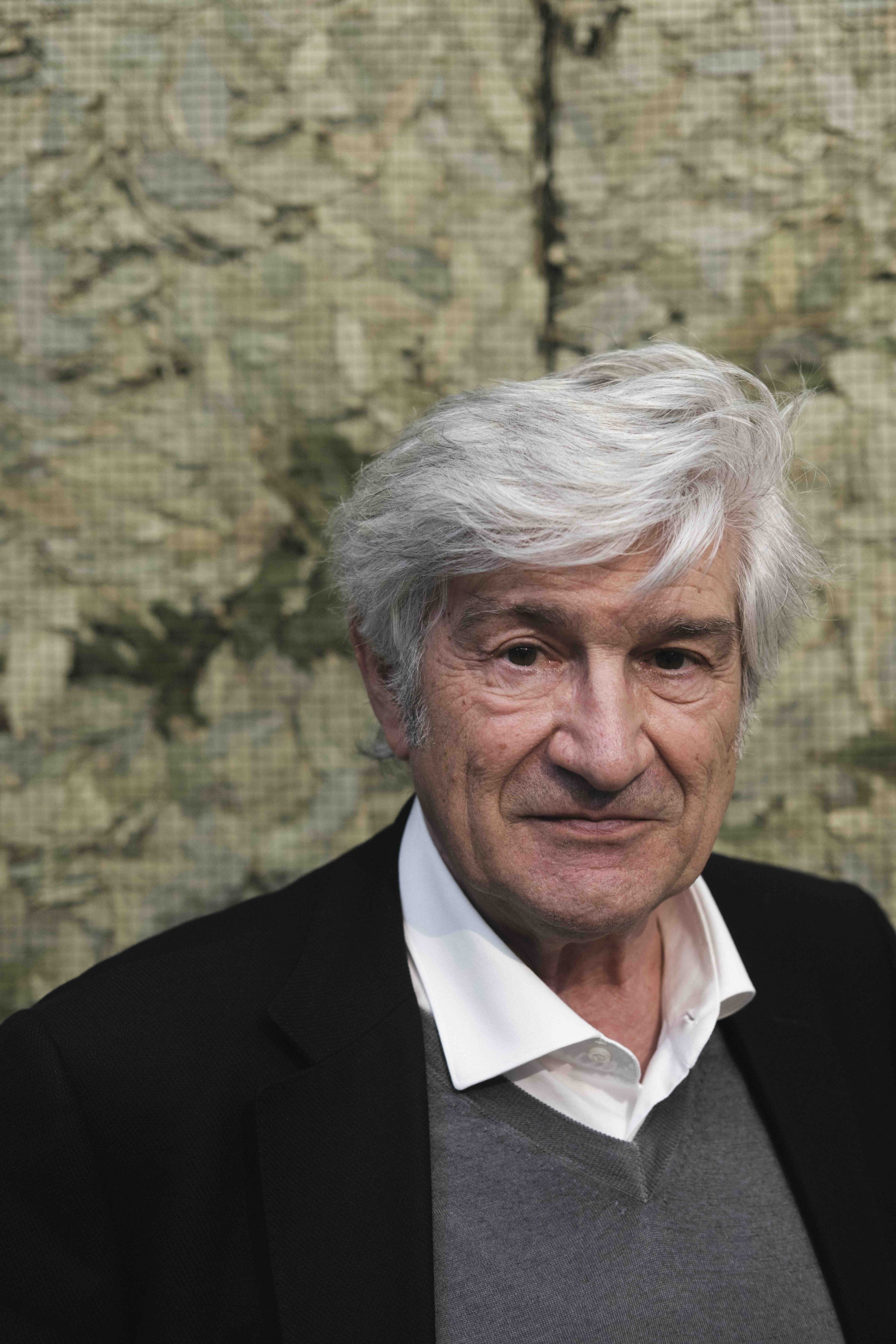
BS: This goes back to Arte Povera, which of course in the late 1960s tried to offer a rebuff to consumerism and industrialism by turning to poor, everyday materials. It’s ironic, because at the time plastic seemed to be the future.
GP: The future is in clay, an organic material that was there at the beginning of human civilization and that will also outlast us.
BS: I am sorry if I seem to press the issue, but this approach again strikes me as quite ecological.
GP: That might well be, but it is not so in an ideological or conscious way.
Bartolomeo Sala is a writer and reader based in London. His writing has appeared in Frieze, Vittles, and The Brooklyn Rail. Read more of Bart’s writing for Something Curated here.
Tommaso Serra is a London-based photographer. His work has been published on Italy Segreta, Pit Magazine, and exhibited in Italy and England. He is a member and co-founder of Italian collective LA CITTÀ MINACCIA.
Photography by Tommaso Serra.